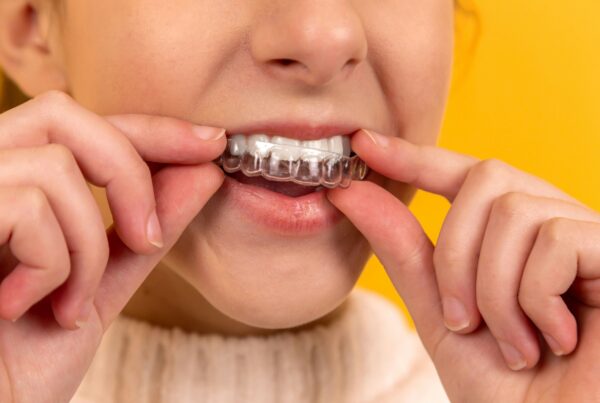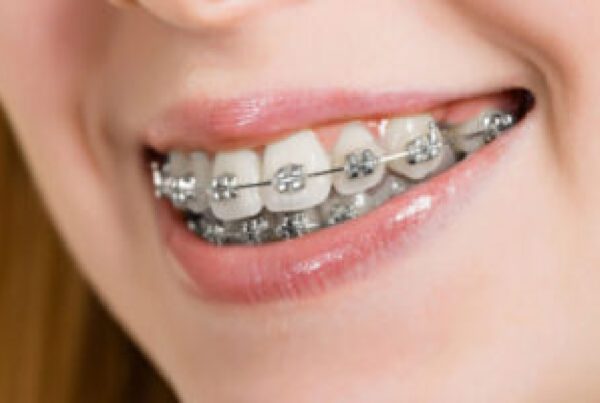A perfect smile. Most of us would like one. And thankfully, thanks to advancements in orthodontics, it’s now easier to achieve than ever before.
The health benefits
Straight teeth give us confidence. Studies have also shown that, unfortunately, people with bite problems are often perceived unfairly.
Of course, looks aren’t everything. Your health matters more. And fixing bite problems can be beneficial to your health. For example, conditions such as crowding can make it difficult to clean your teeth properly. This, can lead to gum disease and tooth decay.
Read more about how your smile can affect your mental and physical health.
The mechanics of modern braces
Braces work by using the principles of basic engineering. Gentle pressure is applied to the periodontal ligament (which holds your teeth in position) to move the teeth where your orthodontist wants them to go. Too much pressure shouldn’t be applied too quickly, so small changes are made about every 30 days. Treatment can take up to three years.
Ancient practices
Modern orthodontics first emerged in 1819 when Christophe-Francois Delabarre invented the crib wire. However, mankind’s quest for straight teeth goes back much farther — right back to ancient times.
The Egyptians
In Egypt, for example, some mummified remains show evidence of early attempts to straighten teeth. Archaeologists have uncovered human remains with animal intestines (catgut) wrapped around the teeth, which resemble the wire used for modern braces.
The Etruscans
The Etruscans resided around Italy between 770 to 270 BC. It seems they too cared about straight teeth — for the dead, at least. During burial, Etruscan women (they didn’t bother with the men) were sometimes fitted with a mouth-guard-like device made of pure gold. This, apparently, prevented teeth collapsing inwards, so the deceased could look ‘fabulous’ as they entered the afterlife.
The Romans
Not to be outdone, ancient Romans also had a device similar to modern braces. While exploring tombs, archaeologists have found many corpses with gold wire (ligature wire) fitted along the teeth to close noticeable gaps.
The first set of braces
The term ‘braces’ was first used officially in the early 1900s. Though named the same, they were quite different to braces of today.
Each tooth was individually fitted with a band, and the materials used for varied. Depending on preference, some dentists used ivory, some used copper and some used zinc. The most popular material was gold because of its flexibility when heated.
Did you enjoy this post? If so, please share.


